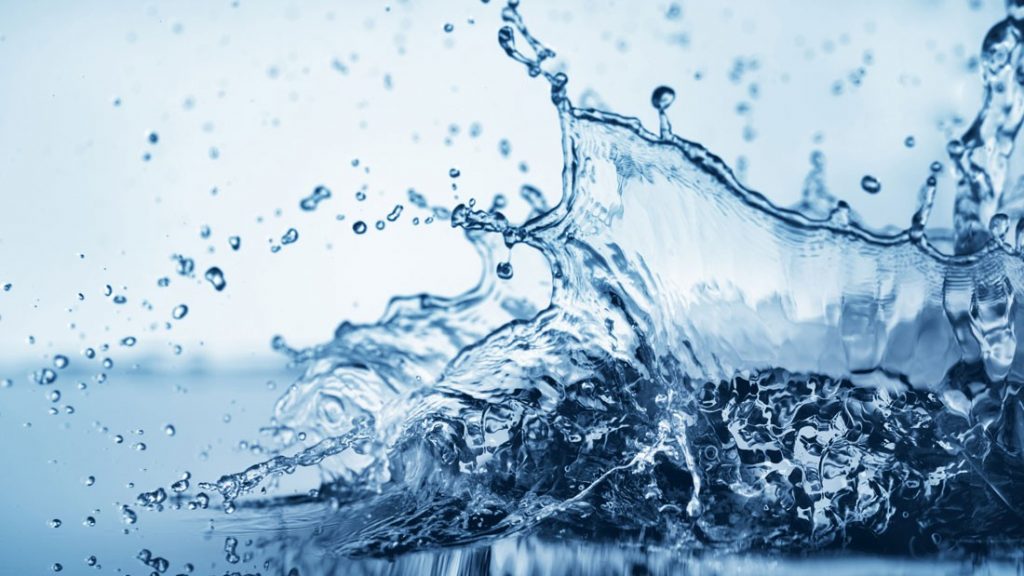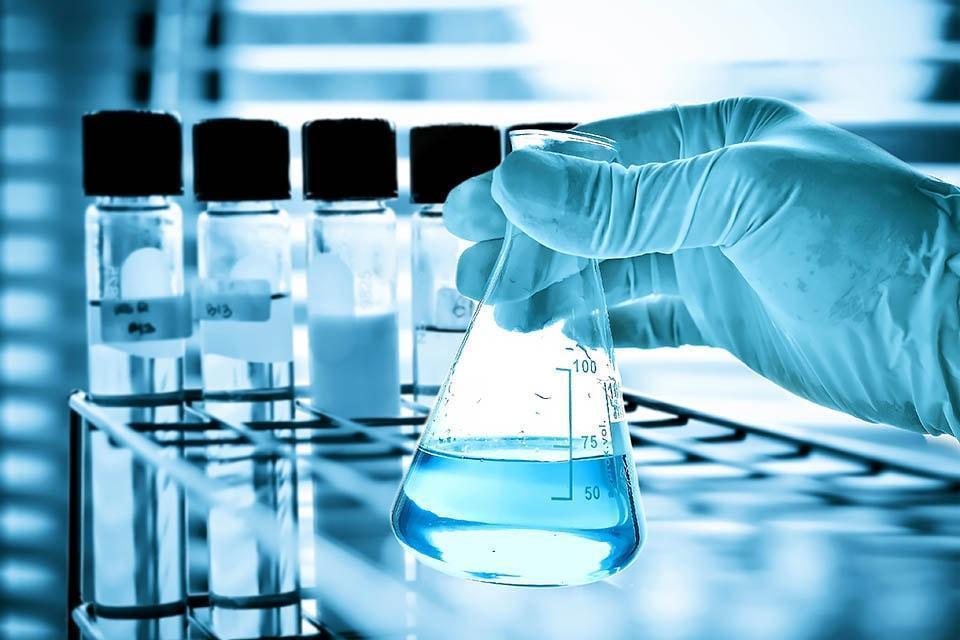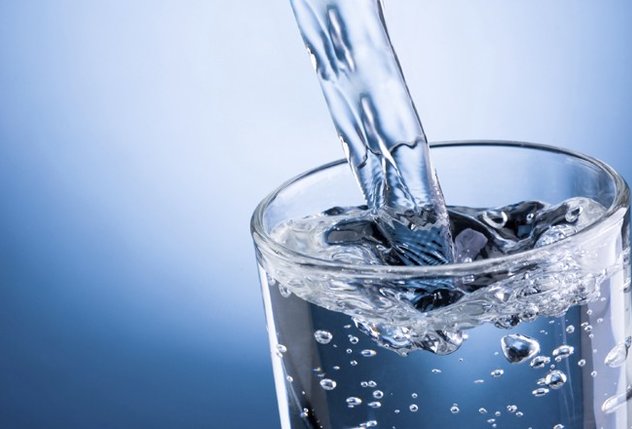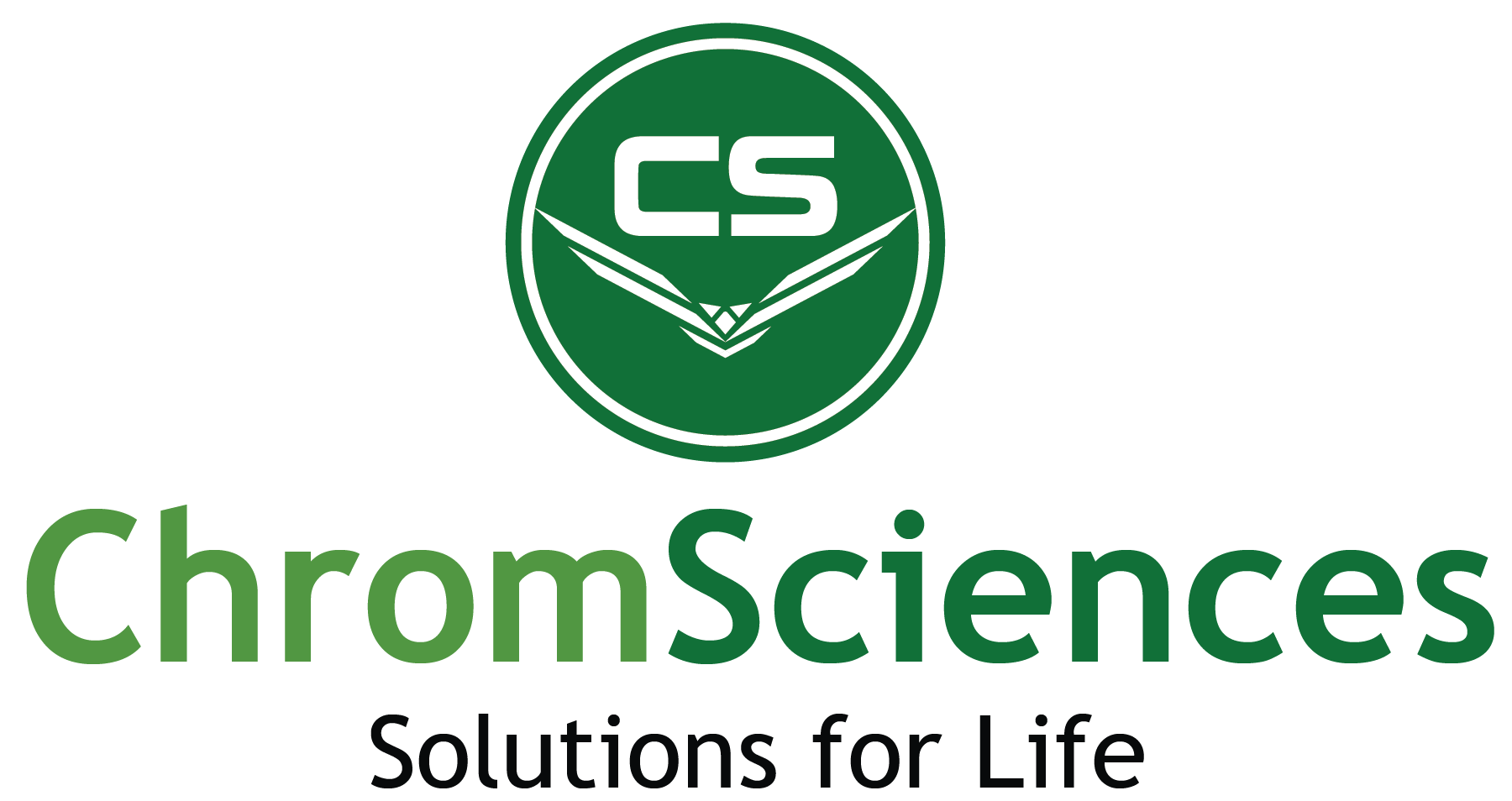
Inorganic elemental contamination of water supplies may occur from natural deposits, as well as from industrial, agricultural, and household sources. A high level of drinking water quality is essential, whether the source is bottled water or the tap. In addition, the environment is easily damaged by contaminants from industry in wastewater or improper disposal practices and requires continuous monitoring of these pollutants. But no matter what the cause, monitoring the levels of these contaminants accurately in drinking water, wastewater, surface water and ground water is essential for ensuring quality and protecting human health.
Currently, one of the greatest challenges in water analysis is the monitoring of multiple metals in a large number of samples with varying concentrations. In meeting this, ChromSciences offers a range of advanced applications for its portfolio of high-productivity instruments that deliver the sensitivity needed across a wide dynamic range. Our water analysis solutions enable precise, high-throughput analysis of trace metals in water at very low concentrations, even in the presence of matrix interference.

Volatile Organic Compounds
Volatile organic compounds (VOCs), which have been found to be harmful to the environment as well as toxic to humans, are monitored in both drinking water and wastewater supplies by environmental regulators. Due to their widespread use across multiple product lines, VOCs have many routes to enter the environment. VOCs are found in a variety of products from paints and hydraulic fluids to dry-cleaning products and refridgerants as well as petroleum based products and gasoline. Automotive and industrial emissions represent two of the largest contributors that widey disperse VOCs into the environment. After being dispersed, they settle on soil and vegetation and are then washed into stormwater via rain and other precipitation.

Semi-Volatile Organic Compounds
Semi-volatile compounds are a broad term used to describe a number of classes of compounds that have relatively lower volatility. These compounds are regulated in many places around the world as they present a serious threat to water supplies. Semi-volatile organic compounds can also remain in water supplies for long periods of time, meaning they can accumulate in eventually harmful quantities. These compounds, which volatilize relatively slowly at standard temperature and pressure, include a wide range of priority pollutants such as polycyclic aromatic hydrocarbons (PAHs), polychlorinated biphenyls (PCBs), nitro-aromatics and pesticides.Many are considered potentially carcinogenic, mutagenic, and disruptive to human health.
